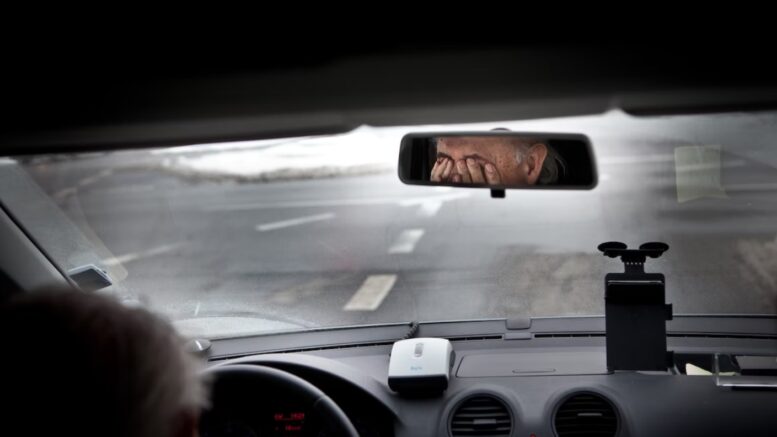Around 9% of all accidents are due to one of the drivers starting to fall asleep behind the wheel. This is an alarming statistic, but it’s one that makes sense because of how many people do not get enough sleep, drive through the night when they should stop to rest, or end up driving longer than they should without a break. While this can include truck drivers, it also involves drivers of any other type of vehicle, too. Drivers should know what to do if they end up in an accident with a driver who is drowsy or falls asleep.
What Causes Drivers to Fall Asleep at the Wheel?
Most of the time, an accident with a sleeping driver happens simply because the drowsy driver did not get enough sleep before getting on the road. It can also happen when drivers start a new schedule and aren’t used to it yet, especially if they switch from a day schedule to a night schedule. Another possible cause is a medical condition, especially if the driver doesn’t know they have any medical issues yet. Accidents can happen if the driver is drowsy, not just if they fall asleep at the wheel, but both are dangerous.
What are the Signs of Drowsy Driving?
Someone who is driving while drowsy might start to yawn or blink more often. They might have trouble remembering the last little bit of driving, so it seems like they just got to where they are without paying attention at all. It can mean missing the exit since they weren’t paying enough attention to notice it. Other drivers might see them drift into other lanes, which is what can cause them to hit another vehicle or go off the road, or they end up hitting the rumble strip on the side of the highway.
What to Do if You’re Tired While Driving
It is crucial to pay attention to how you feel while driving. Someone who starts to feel tired will often roll down the windows to get the air in their face or play loud music to get their blood pumping, but this isn’t likely to help for long. Instead, it’s much better to pull over somewhere safe and take a nap. If there are time constraints, it may be better to switch with another driver who is awake and can drive for a little while. Another option is to drink something with caffeine, but the effects of that can be short-lived.
How to Handle an Accident With a Drowsy Driver
Accidents can easily happen if someone is driving while drowsy or falls asleep at the wheel. If you are hit by someone who fell asleep at the wheel, you may be owed compensation. Make sure you speak with a lawyer about the case. They can help gather evidence about the other driver to provide liability and help you gain compensation for your injuries and damages to your vehicle.
Falling asleep while driving or driving while drowsy can be incredibly dangerous. It’s best to pull over and take a nap if you are feeling drowsy while you’re driving – even a short 20-minute nap can help you feel refreshed and ready to drive again. If you are hit by someone who fell asleep at the wheel, make sure you talk to a lawyer to get help dealing with the situation and getting compensation for your injuries.
Article edited and fact checked by our editorial team.
References:
- Owens, J.M., Dingus, T.A., Guo, F., Fang, Y., Perez, M., McClafferty, J. & Tefft, B.C. (2018). Prevalence of Drowsy Driving Crashes: Estimates from a Large-Scale Naturalistic Driving Study (Research Brief). Washington, D.C.: AAA Foundation for Traffic Safety.
- National Highway Traffic Safety Administration. NHTSA Drowsy Driving Research and Program Plan. U.S. Department of Transportation; 2016. DOT publication HS 812 252.
- Phillips, R.O. and Sagberg, F. (2013) ‘Road accidents caused by sleepy drivers: Update of a Norwegian survey’, Accident Analysis & Prevention, 50, pp. 138–146. Available at: https://doi.org/10.1016/j.aap.2012.04.003.
- Connor, J.L. (2009). The role of driver sleepiness in car crashes: a review of the epidemiological evidence. In: Verster, J.C., Pandi-Perumal, S.R., Ramaekers, J.G., de Gier, J.J. (eds) Drugs, Driving and Traffic Safety. Birkhäuser Basel. https://doi.org/10.1007/978-3-7643-9923-8_12
